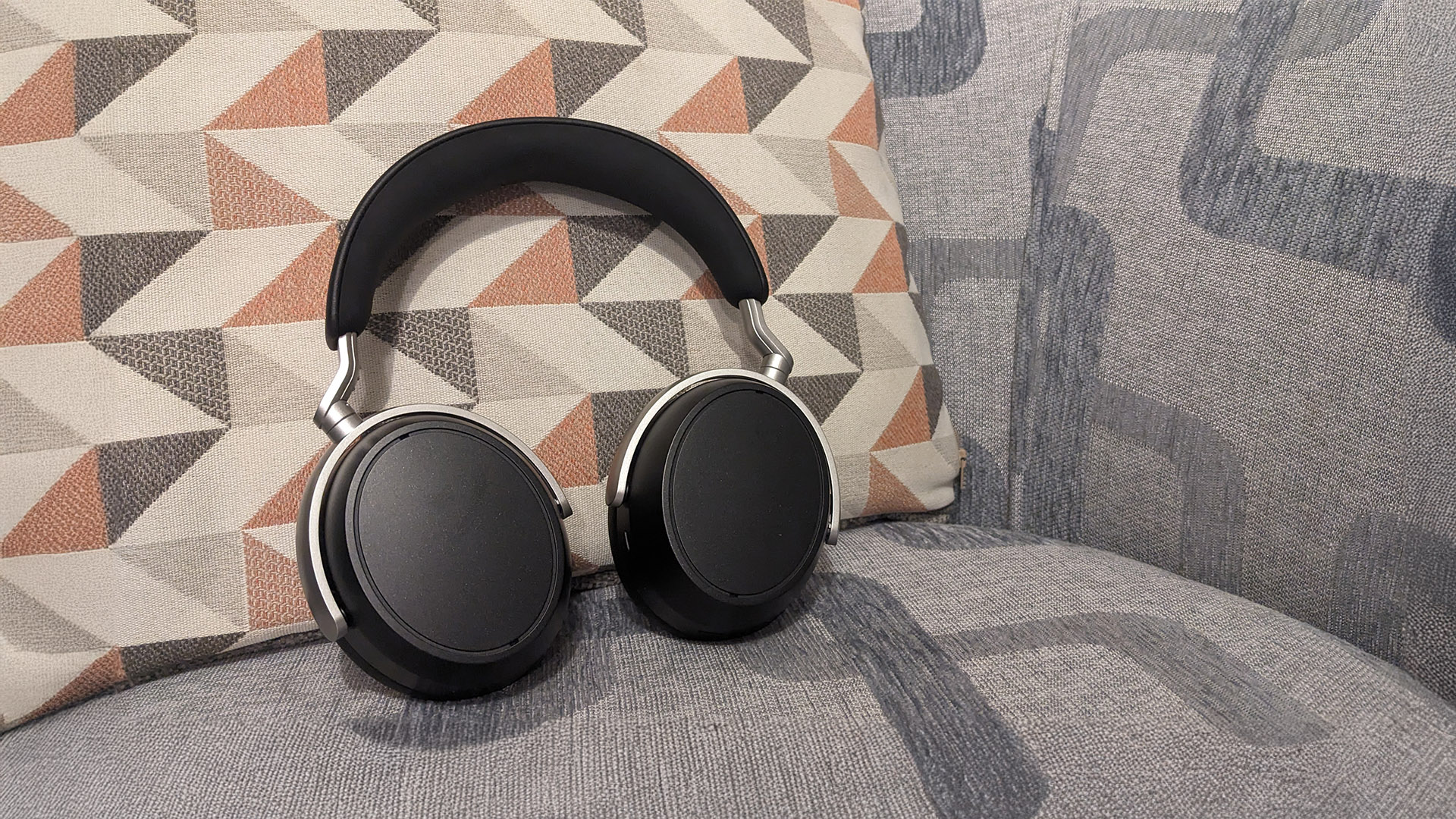Sponsor Content Created With Huawei
How Huawei built a 43-speaker in-car audio system for the $120k Maextro S800
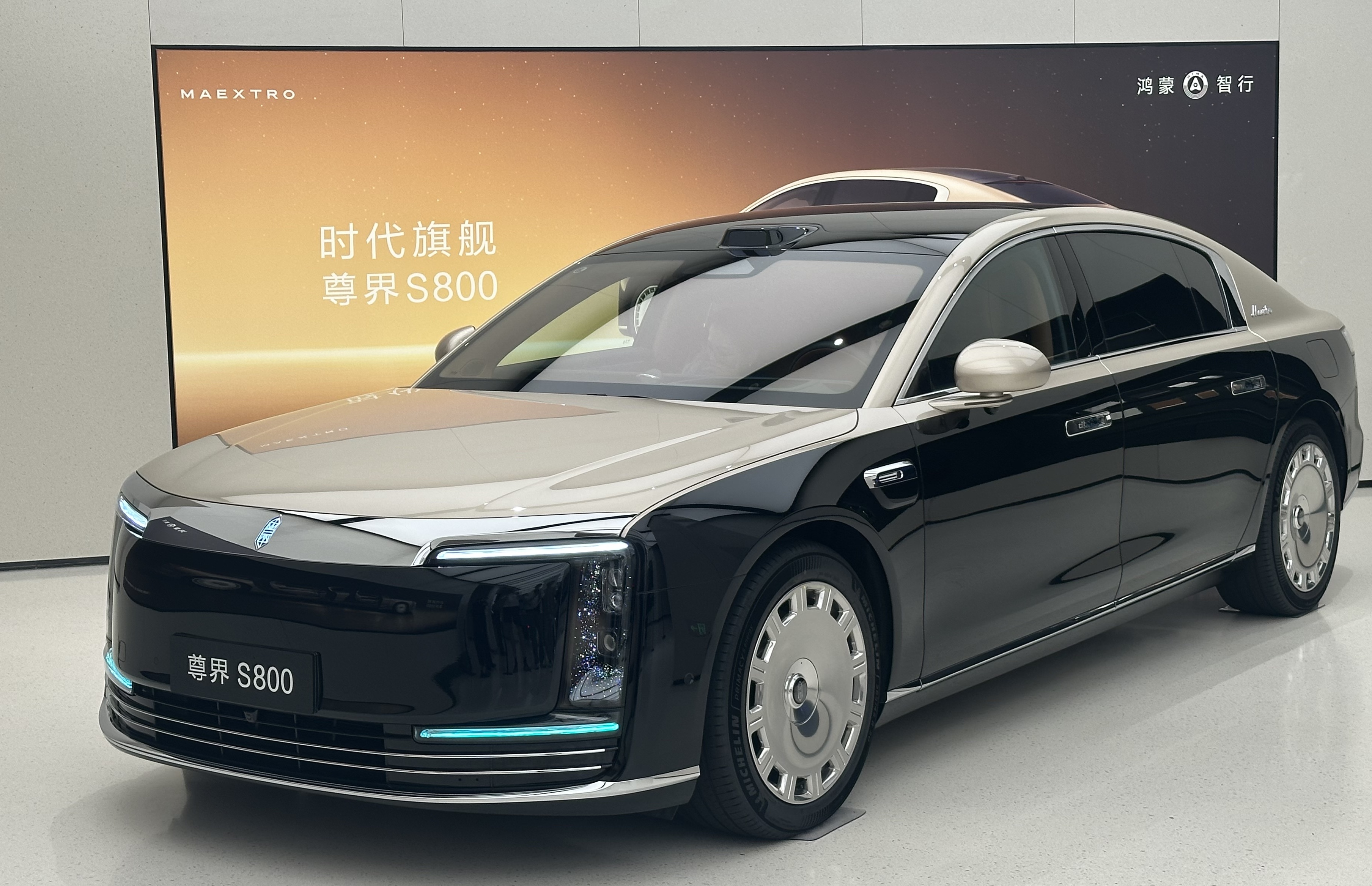
It’s not every day you’re given the chance to travel across the world and listen to one of the ultimate in-car audio systems.
The Maextro S800 is a $120,000 luxury flagship sedan. And now it has a sound system to match, courtesy of Huawei.
Inside you’ll find no fewer than 43 speakers, powered by 2920 watts of amplification across 7.5.10 channels. This is the HUAWEI SOUND ULTIMATE series, offering more speakers and more power compared to the Dynamic and Superior versions found in (slightly) more affordable cars.
We were given the chance to hear all about the sound system from the man responsible for its design and performance, Lars Goller, Huawei’s Chief Automotive Sound & Acoustics Advisor.
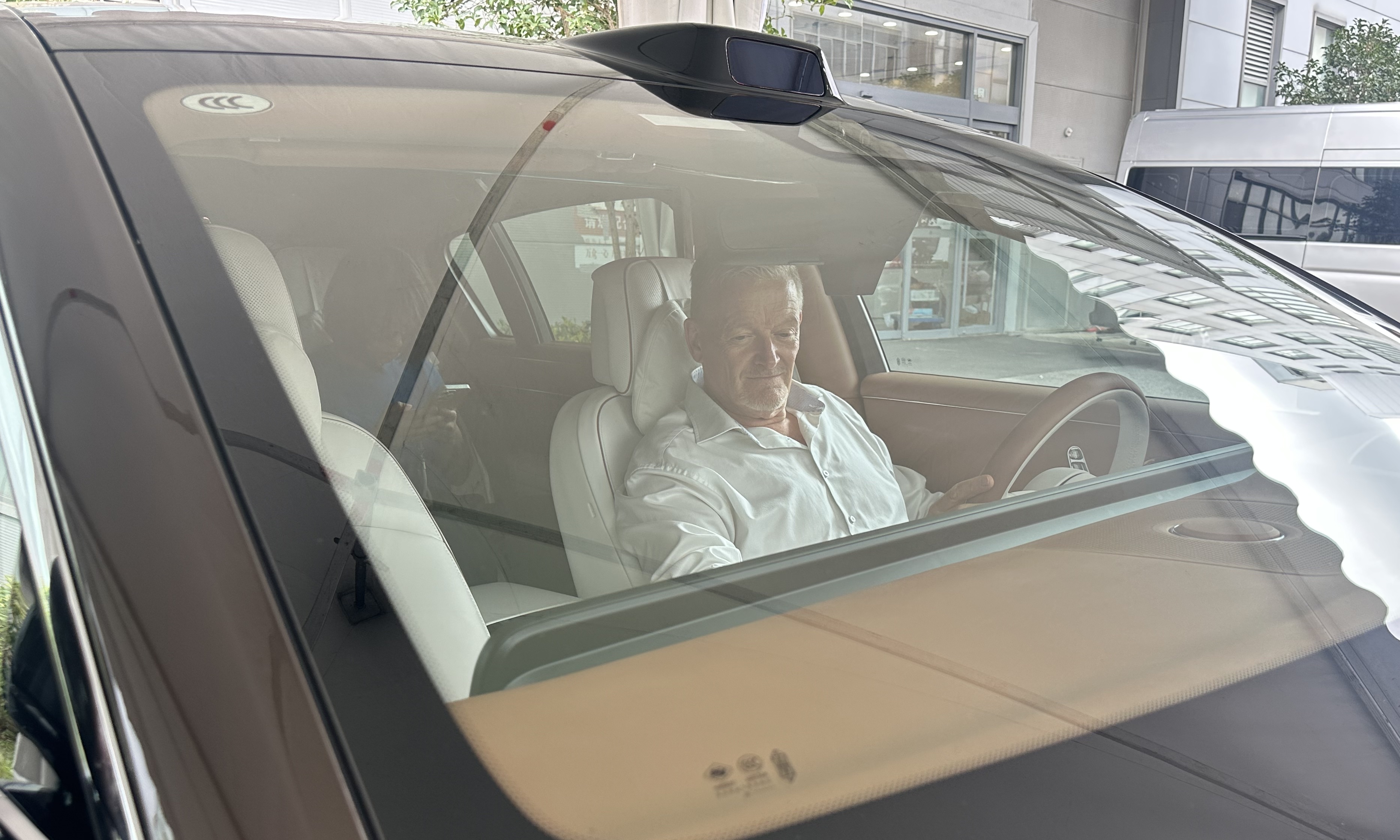
Goller and Huawei are aiming to deliver seat-specific 4D surround sound, with rear exciters that synchronise with music and video content to create a truly immersive experience.
The Maextro S800 comes equipped with 16 headrest speakers – 4 per seat – allowing each headrest to function as a dedicated surround speaker, giving each passenger a personalised, 360-degree surround sound experience.
The personalisation doesn’t end there. Combined with proprietary soundfield control algorithms, all vehicle speakers can also act as silencers, achieving 30dB front-to-rear sound isolation, allowing front and rear passengers to enjoy audio independently.
These algorithms also help to create an acoustic barrier to external noise, establishing a “soundfield sanctuary” within the cabin. Multi-layer acoustic glass and sound-absorbing materials complete the setup, delivering library-level quietness throughout the vehicle.
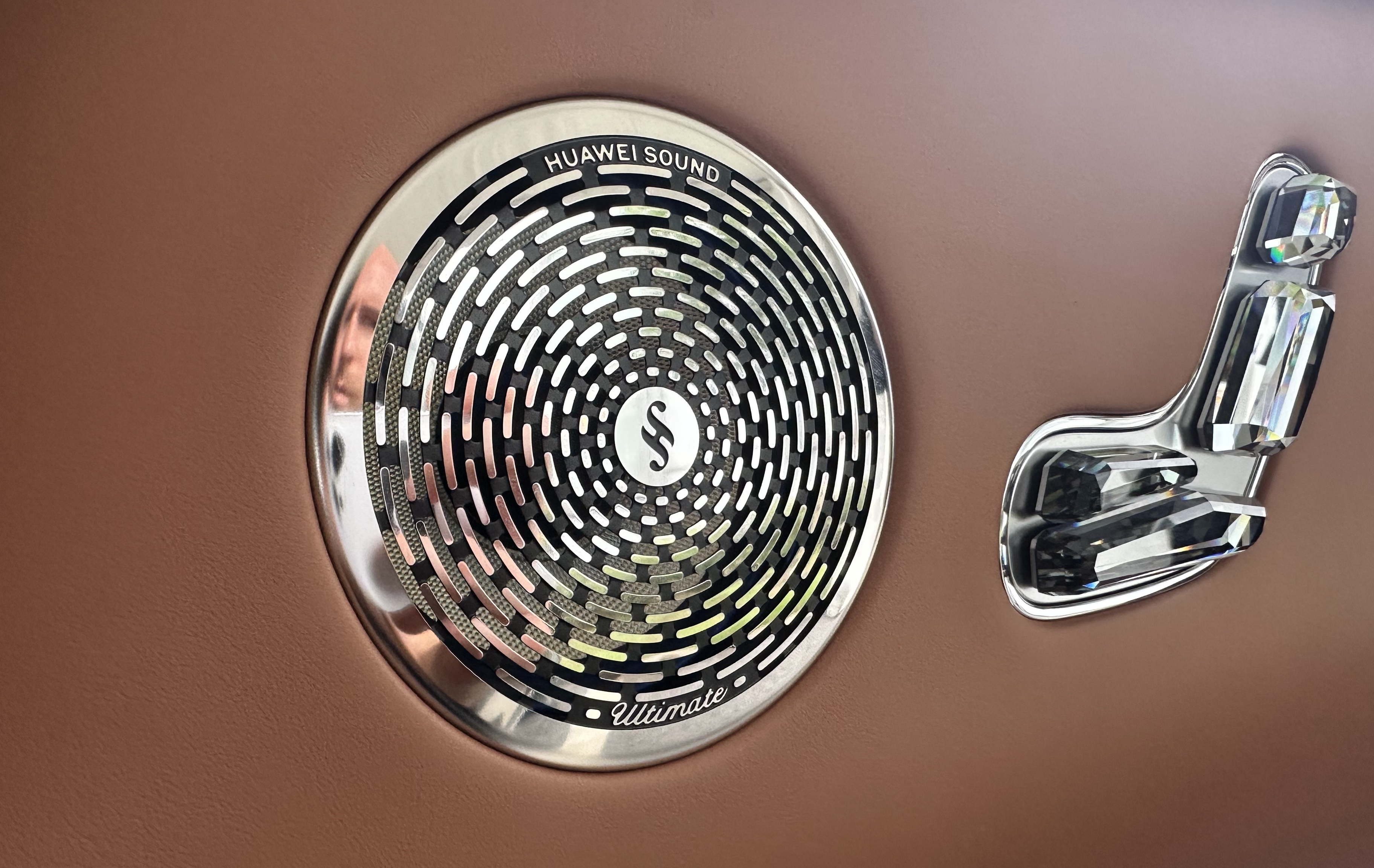
And there’s plenty more innovation elsewhere. There’s the industry-first Tangential Force Woofer placed in the doors, which is rotated 90 degrees compared to traditional speaker placement in order to reduce door panel resonance, while also delivering deeper bass and purer low frequencies.
There’s also an all-new Star-Ring Diffuser, which features crystal materials with precision diamond-cut craftsmanship, interlaced with metallic rings. The diffuser rises automatically when you sit in the car, while ambient lighting responds in time to the music. Crucially for the sound it helps deliver a clear and uniform centre channel.
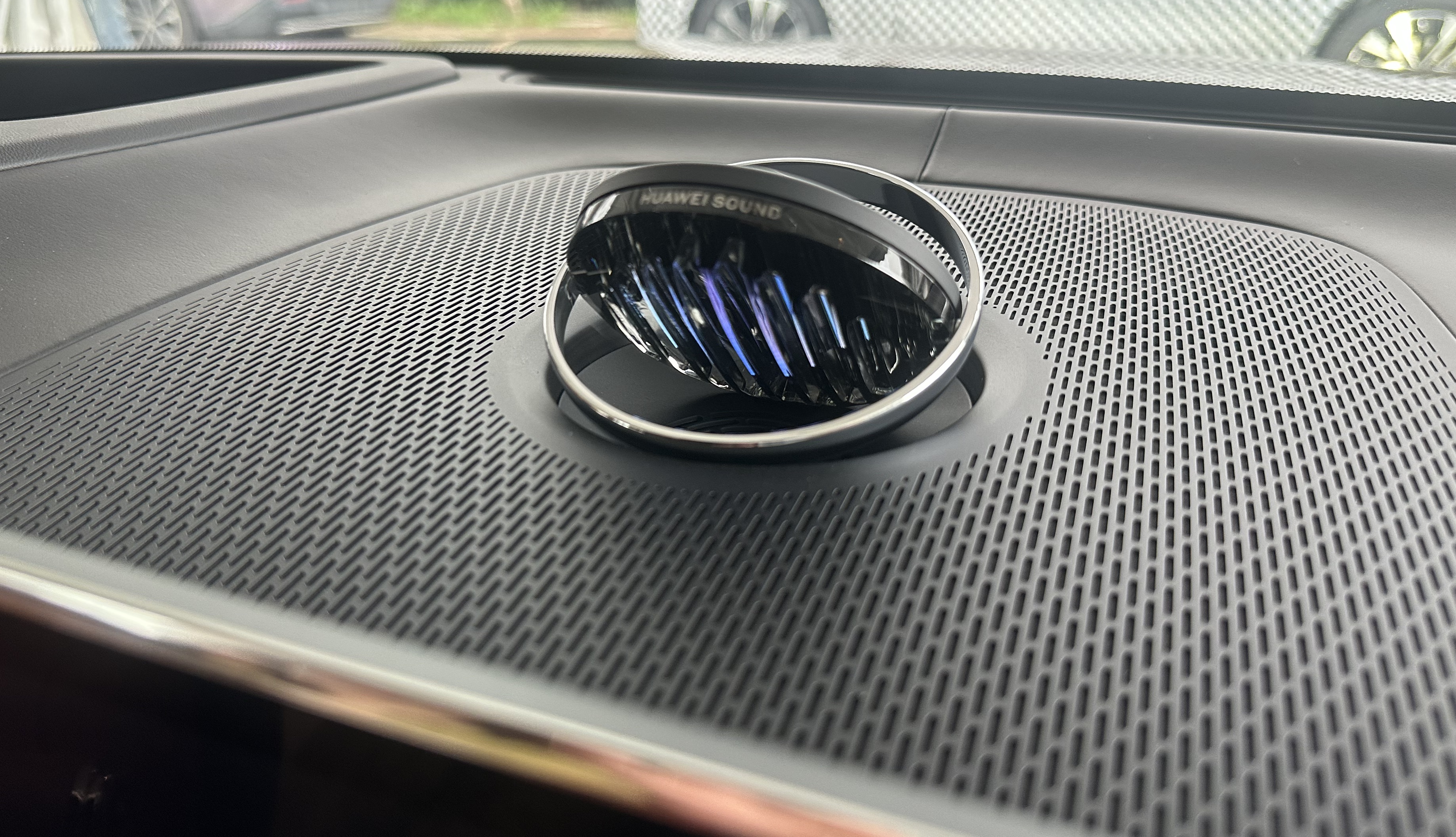
Talking to Goller, it’s clear they’ve thought about everything, and thanks to audio facilities in Germany and China, Goller and his team are constantly working to find ways to improve the in-car audio experience.
“We try to find a solution for everything. The main challenge is because development is so fast in China. Sometimes we have to do new things next time – and it really happens next time.”
What are the main challenges to delivering great sound? “It depends on the car. Screens, rear view mirrors, all these things give you a challenge when it comes to fine tuning. We can compensate for everything, it just takes time.
“We take care of noise and vibration early in the build. We do that well in China – they build cars really well. It’s just about putting the signals together again that you feed to all the speakers in different locations - that changes in complexity and performance level. We give input into the car setup but the consideration is very different from car to car.”
Fortunately, he’s far from a one man band. Goller is training a team of sound experts – which is very necessary as Huawei works on an increasing number of cars. “I’m giving instructions to our sound tuners so they’re learning all the time. We’re guiding and fine tuning.
“There are so many projects in Huawei; I couldn’t do all of them. So you really need the people to take a big part, to be capable, and I just check on the final results. I was here for a few weeks and we evaluated five cars - they're still not done but getting there. When I started it could take months for each project. By now it’s much quicker.”
It’s clear from the facility in China that the company takes sound tuning very seriously. Measuring and testing is a key part of the work but we’re pleased to hear that nothing beats listening, something we agree wholeheartedly with at What Hi-Fi?.
“There is no single measurement that tells you this is good sound,” Goller says. But he’s adamant they do a huge amount of scientific measuring, too. “In all the seating positions we measure everything, frequency response, impulse response, phase response, in various positions, to know what the changes are.
“Following that we design filters, we determine where crossovers should be positioned – and it’s not like a speaker because the cabin has a huge response in cars and makes the sounds in different positions very different. The first step of optimising is aligning all the speakers with filters which are as similar as possible.
“Our goal is not to satisfy a measurement, our goal is more to satisfy a subjective performance. We don’t do anything without listening.”
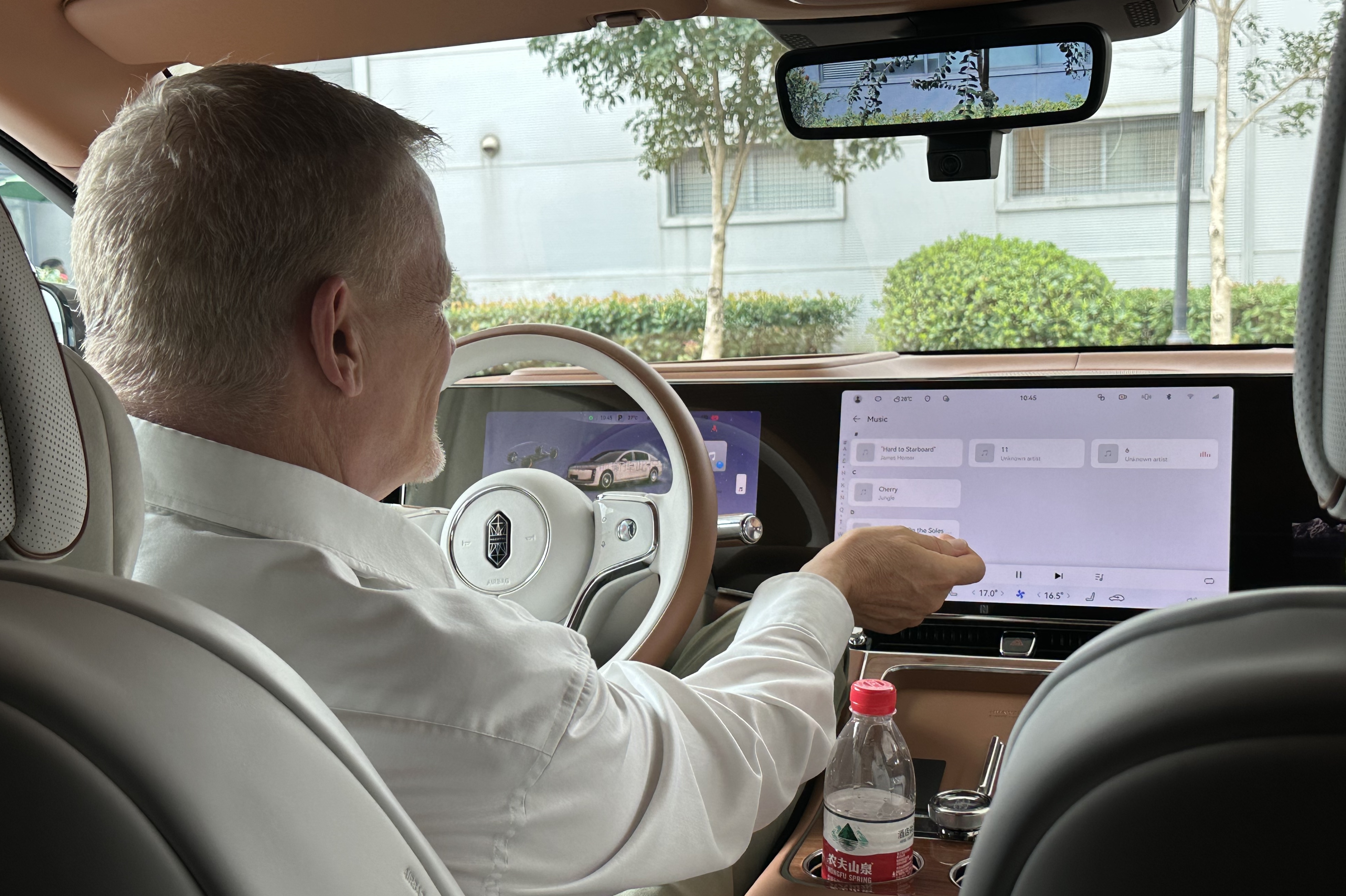
We head outside to do just that – enjoy the luxurious interior of the Maextro S800 and listen to the 43 speakers in all their glory.
We scroll through various test tracks, from Jungle to The Weeknd, Paul Simon to Max Richter, and we’re struck by the scale and detail of the sound.
Voices are smooth and clear, while instruments are placed accurately around the cabin, panning from left to right or front to back as required.
Luther by Kendrick Lamarr delivers impressive deep bass notes, while No Sanctuary Here by Chris Jones sounds every bit as emotive and insightful as we’d expect.
Perhaps most impressive is how the system can tailor the sound to your seating position. One press of the button and anyone can be in the ‘boss seat’ – and the change is instant and unmissable. The system focuses its attention on your ears as if the band had turned to play just for you. It’s a great trick and shows how successfully the sound personalisation works.
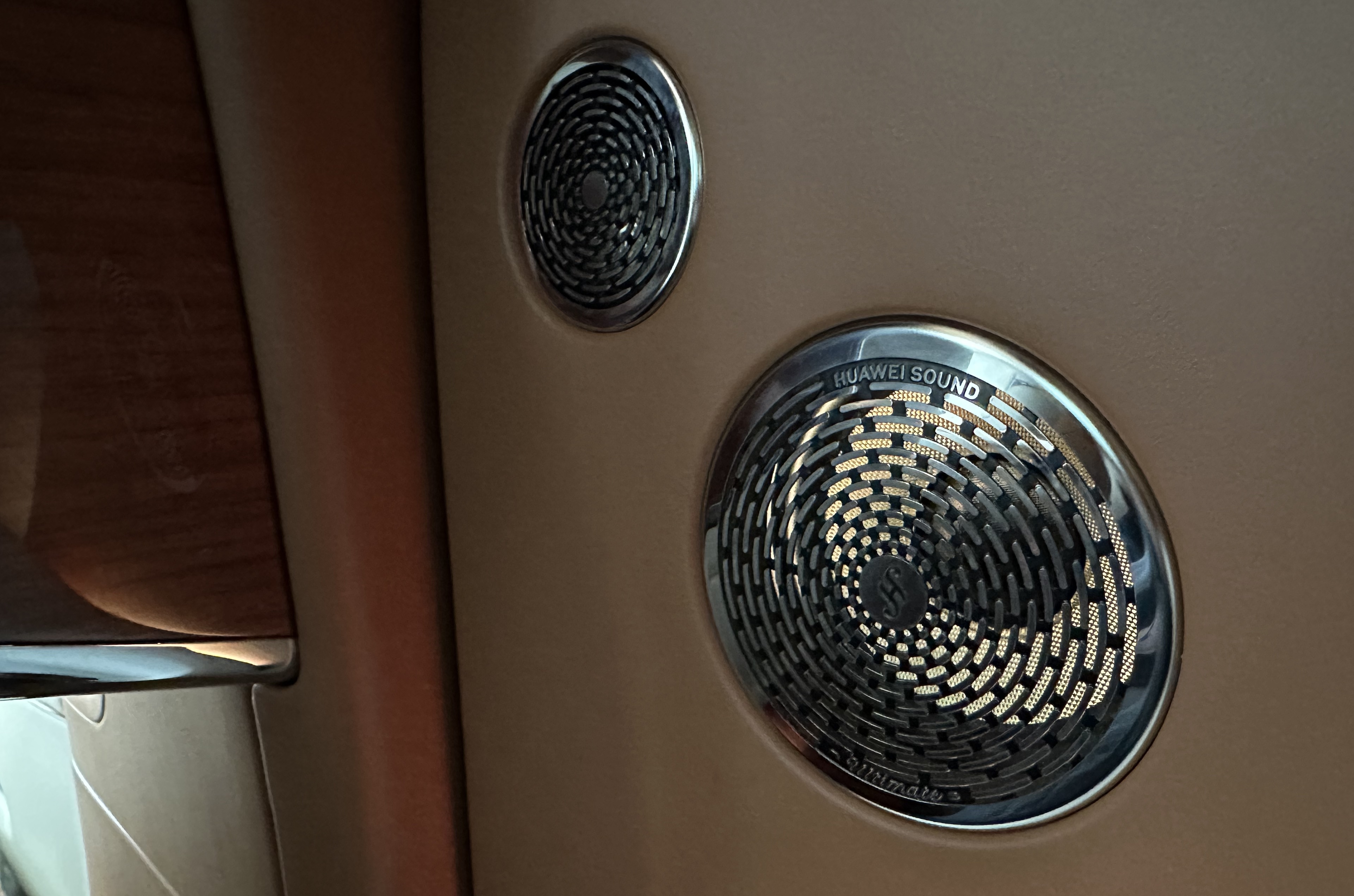
Inevitably, we overstay our welcome in the car and enjoy browsing through our own favourite tracks and hearing how they sound in this car. We can well imagine taking a drive, or just sitting in the car, purely to hear the HUAWEI SOUND system.
Is this the ultimate hi-fi? Goller is clear that it has its advantages: “In cars it’s about correcting and optimising for all the influences in the cabin. We have much more control over the experience we want to give to the customer compared to two-channel hi-fi.”
There’s no denying it would be almost impossible to create such a system in your home. And, Goller tells us, there’s more to come. ”We’re moving into better and better transducers. And we also know that we can do better compensations with better positioning of speakers.
“You will probably see more speakers somewhere else in the cabin in future. And more directional speakers. If you control reflections off surfaces then it just makes the job easier, using DSP or some acoustic treatment if it’s possible.”
After hearing the HUAWEI SOUND ULTIMATE system in the Maextro S800, it's easy to believe anything is possible...
The latest hi-fi, home cinema and tech news, reviews, buying advice and deals, direct to your inbox.
